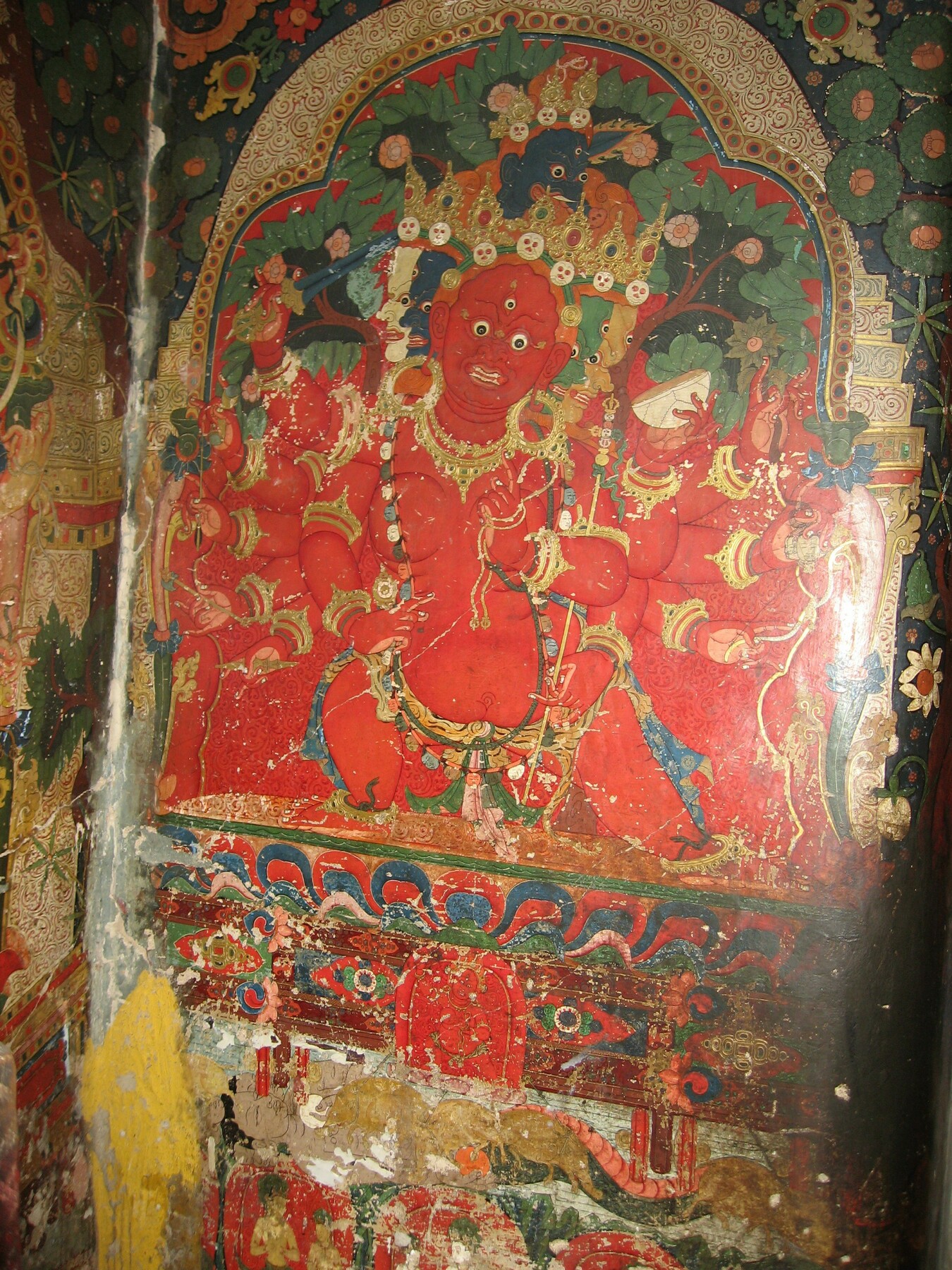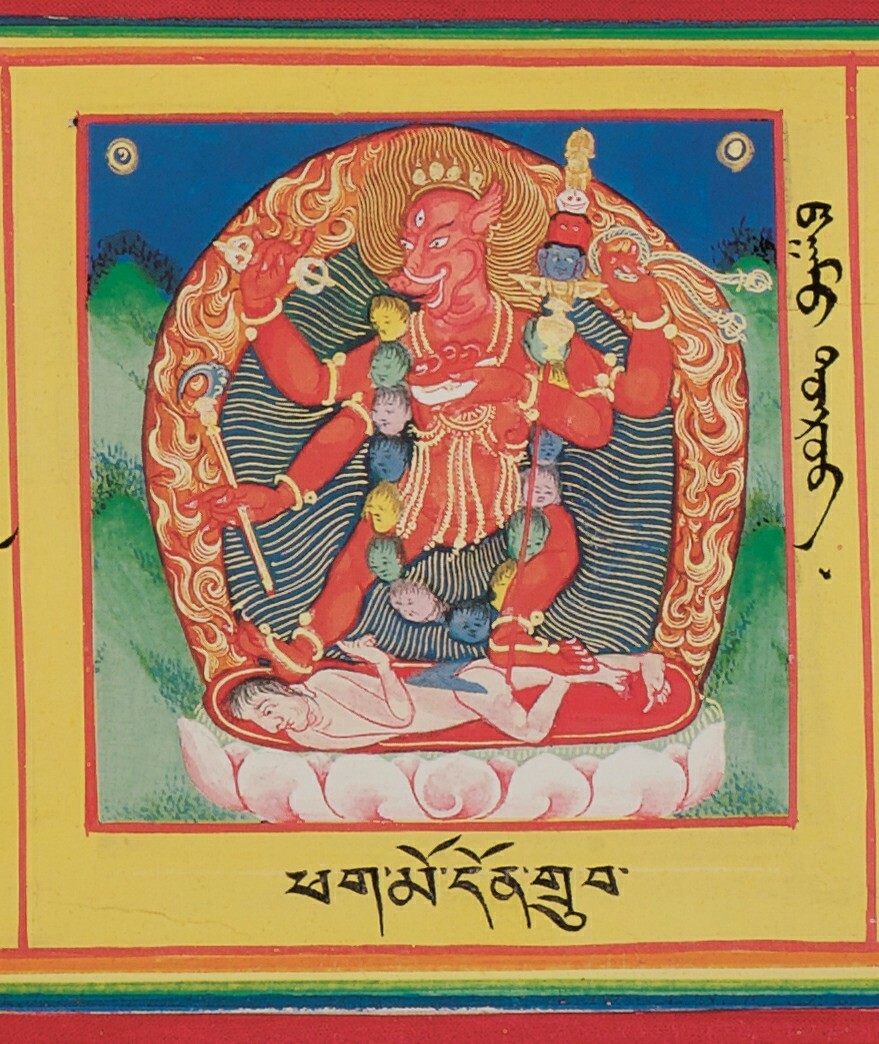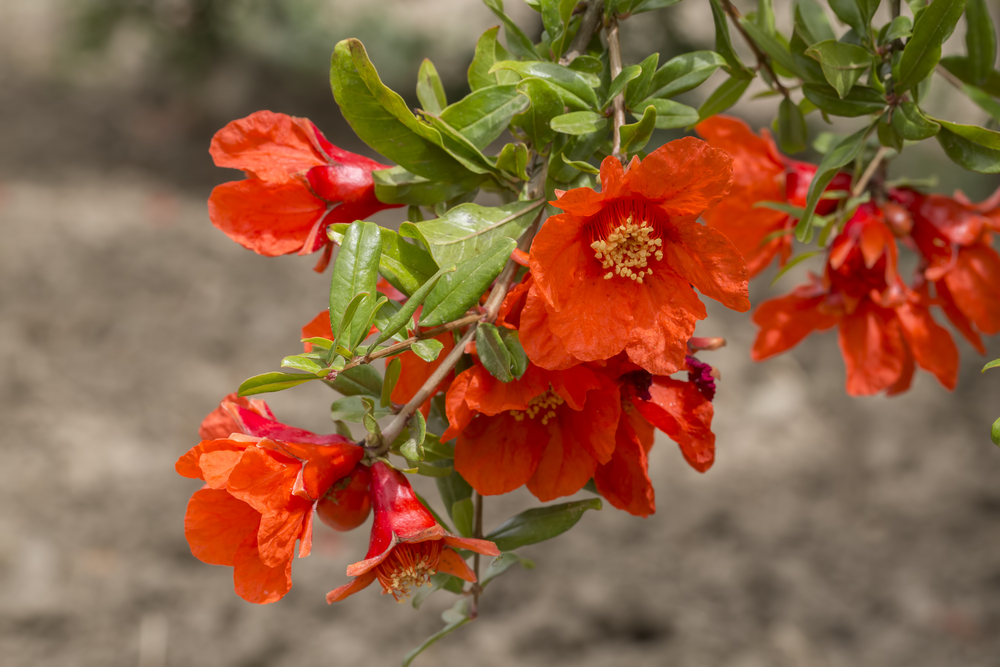This is it, I am consigned to write down what happened, but frequently lack the proper vocabulary. And things keep moving, there are no repeats once I've understood something, they move on, which often leaves me hanging on for dear life because I barely understood it and they think filling in all the details is something I can do on my own time.At that time, I had to retro-actively seek information that described what was happening.
Originally, I can remember that only my head seemed to be complex, in that there were a lot of things going on there. My throat started as just a river and a jewel. Then there was Samantabhadri and her consort there in union. And for quite a while that was it. Then this thing started where my neck shakes separately and frequently turns clear and transparent. Since then there has been a lot going on there, especially recently with there being access to the plane above my palate by flows of saliva in my mouth and upper throat. Then there has been now the addition of an energy(bliss) center at the root of my tongue, and movements there, and muscles at the base of my throat, and the neck shaking has grown more complex, especially as there has seemingly been this project to bring the rainbows and lightning up from below, and the breeze down from above.Samjna is the name of Lotus Family's Skandha, and we also find that Lotus is the primary "giver of mantra" and related to the Throat Center and a new distribution of prana, which is the inner meaning of Generation Stage. This is mostly the Third Yoga, Pranayama, which relies on Vajra Muttering or the centering and balancing of Om Ah Hum, which can perhaps give the Fourth Yoga, Dharani or Retention, not losing the winds, which is very close to the Cemetery description of having closed all the doors.
The shaking, which really does make my neck "outsides" (which seem to include a layer or two of musculature) shake independently of my torso except for the small ring where they meet the top of my bone structure (clavicle, etc.) and at the top right at the flesh which goes to my lower jaw and to my skull. It always feels like the outside of my neck which is shaking, it always feels like someone shaking the hide of an animal. If I am inside of my throat when it happens (my point of view and feeling of being there) my neck turns transparent and I can look out of it like being against the windows in a skyscraper, except that the walls aren't uniform thickness and are curved so maybe like being against the windows in a skyscraper built by Antonio Gaudi. The jewel when I see things from that point of view is mounted on the front window, if you will, but it requires a lot to be able to see into/through it.
Last night my neck shook (for some extended periods all by itself) for hours. Because of that, I had the perception of the leathery outside shaking but also of the spine itself in the inside, dancing. As I am writing this, if I put my attention at the root of my tongue, I can see the way it was, and it keeps coming up that the outside was in a conjoining dance with the inside, the leathery animal hide outside and the dancing spine inside as its consort.
All of this is somehow part of learning to use my neck/throat properly, which does include the jewel, which I could not access last night despite the efforts of several people (myself and some Dakinis).
Everything keeps seeming to push me towards this text, the Avatamsaka Sutra, yesterday I found and downloaded a print of Thomas Cleary's translation and also a copy of the Chinese text from which he translated it (I don't know how he is on stuff that comes from Sanskrit or Tibetan originally, but he is a "poetic" translator when he does Chinese, so I wanted the source for reference).But that one did not suggest what you are talking about. When one talks about the endless extensions of Universe Lotus then it is called Chiliocosm, which is like the first eight hundred pages of Avatamsaka Sutra. But you have something like a massive power surge to the throat which is capable of displaying Indra's Net or Maya Jala which then itself is capable of finding the extensions.
Sarasvati --> Nilakantha --> Ugra Tara --> Mahacina Krama --> Ekajati and Nairatmya?Manjushri is Vagisvari and is not in Lotus Family, he is like the male half of Sarasvati, who participates in Nilakantha and turns Blue herself, which is considered a Saumya or mild form of fierce blue deities such as Ugra Tara.
- Home
- Forum
- Chat
- Donate
- What's New?
-
Site Links

-
Avalon Library

-
External Sites

- Solari Report | Catherine Austin Fitts
- The Wall Will Fall | Vanessa Beeley
- Unsafe Space | Keri Smith
- Giza Death Star | Joseph P. Farrell
- The Last American Vagabond
- Caitlin Johnstone
- John Pilger
- Voltaire Network
- Suspicious Observers
- Peak Prosperity | Chris Martenson
- Dark Journalist
- The Black Vault
- Global Research | Michael Chossudovsky
- Corbett Report
- Infowars
- Natural News
- Ice Age Farmer
- Dr. Joseph Mercola
- Childrens Health Defense
- Geoengineering Watch | Dane Wigington
- Truthstream Media
- Unlimited Hangout | Whitney Webb
- Wikileaks index
- Vaccine Impact
- Eva Bartlett (In Gaza blog)
- Scott Ritter
- Redacted (Natalie & Clayton Morris)
- Judging Freedom (Andrew Napolitano)
- Alexander Mercouris
- The Duran
- Simplicius The Thinker





 Reply With Quote
Reply With Quote








Bookmarks